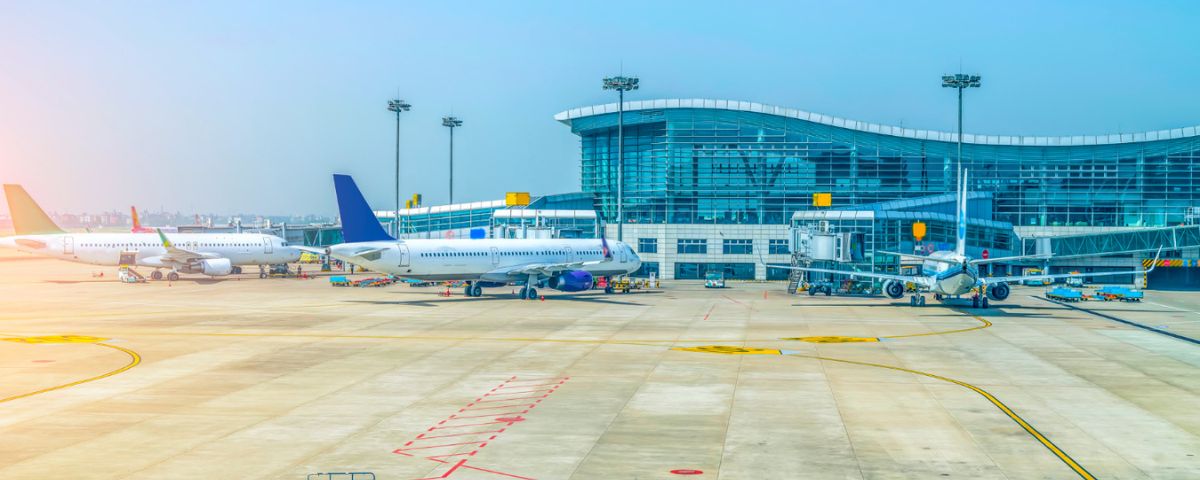
In light of ongoing security concerns, the government has temporarily barred the use of 5G services in airports. However, recognizing the critical need for uninterrupted connectivity, authorities have reportedly instructed telecom operators to deploy more in-building solutions within airport facilities.
The decision to restrict 5G services at airports stems from potential interference with aircraft communication and navigation systems. The government, prioritizing passenger safety, has opted to mitigate these risks by suspending 5G operations in these high-stakes environments. Nonetheless, the temporary restriction poses a significant challenge to maintaining seamless network services for travelers and airport personnel.
To address this issue, the government has mandated telecom operators to enhance their in-building network infrastructure at airports. These solutions are designed to ensure that customers experience uninterrupted service despite the 5G ban. The directive involves the installation of advanced signal boosters, distributed antenna systems (DAS), and other network-enhancing technologies within airport terminals.
Industry insiders indicate that telecom companies are already mobilizing resources to comply with the government’s directive. The Cellular Operators Association of India (COAI), representing major telecom players such as Reliance Jio, Bharti Airtel, and Vodafone Idea, has expressed support for the initiative. “Our priority is to ensure that passengers and airport staff have access to reliable network services. We are committed to working closely with airport authorities and the government to implement these in-building solutions as swiftly as possible,” said SP Kochhar, Director General of COAI.
The move is expected to involve significant investment and coordination among various stakeholders, including airport operators, telecom companies, and government agencies. The objective is to establish a robust network infrastructure that compensates for the absence of 5G, thereby maintaining the quality of service for users.
Experts in the telecom industry suggest that this strategy could serve as a model for other high-security areas where 5G deployment is currently restricted. By enhancing in-building solutions, telecom operators can continue to deliver high-quality service without compromising safety.
Also Read:
5G Near Airports to be Launched in Next Year
While the government has not provided a timeline for lifting the 5G ban at airports, the implementation of in-building solutions is seen as a critical interim measure. The successful deployment of these systems will not only benefit passengers but also support the operational efficiency of airport services that rely heavily on robust communication networks.
In the meantime, travelers are advised to stay informed about network availability at airports and to use alternative connectivity options, such as airport Wi-Fi, where necessary. The government and telecom operators assure the public that they are working diligently to resolve the situation and restore full network services as soon as it is safe to do so.



